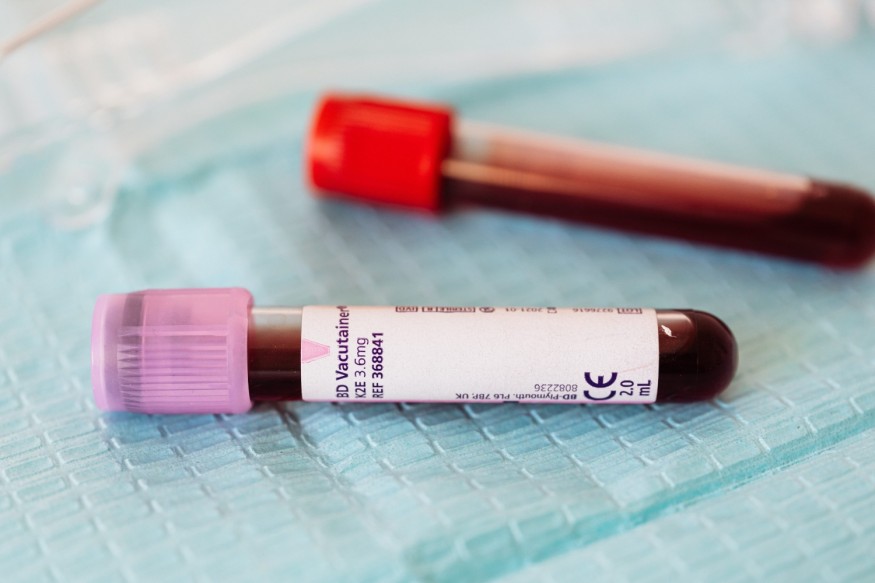
Microplastics - tiny plastic pieces less than 0.00002 inches (5mm) in diameter - have been found in human blood for the first time. Researchers at Vrije Universiteit (Free University) Amsterdam in the Netherlands describe the finding as "extremely concerning" because tiny particles can travel around the body via the bloodstream and lodge in internal organs.
The team analyzed 22 blood samples from healthy donors and found that 17 or almost 80% contain microplastics. Previously, microplastic pollution has been recorded to the summit of Mount Everest, oceans, seafood, food and water, and air. It is the first study to find such tiny particles in human blood.
Microplastics Found in Human Blood: Scientists Trying to Determine the Effect of Tiny Particles in the Body
Microplastics in Human Blood
Professor Dick Vethaak told the Guardian that their study, titled "Discovery and Quantification of Plastic Particle Pollution in Human Blood," published in the journal Environment International, shows a breakthrough result and is the first indication that humans have polymer plastics in their bloodstreams.
The team tested for five types of plastics, including polyethylene (PE), polyethylene terephthalate (PET), polymethyl methacrylate (PMMA), polypropylene (PP), and polystyrene (PS). Almost 50% of the microplastics found in the blood samples contained polyethylene terephthalate (PET), making it the most prevalent plastic-type in the samples.
This plastic is described as clear, strong, but lightweight and commonly used for food and beverage packaging, such as products in convenience stores.
Meanwhile, polystyrene is used in packaging and storage accounts for 36% of the tiny particles the team found in the human blood samples. It is followed by 23% of polyethylene, which is used to make plastic carrier bags, and 5% of polymethyl methacrylate. They found no traces of polypropylene in any blood samples.
The team believes that differences in the plastic makeup in blood samples could have been due to plastic exposure. For instance, a volunteer who tested positive for microplastics must have recently drunk from a plastic-lined coffee cup.
ALSO READ: Microplastics Discovered in Europe's Largest Ice Cap Can Be Distributed Through the Atmosphere
Health Effects of Microplastics in the Body
According to a paper published in the science journal Nature, there has been no published study yet that directly examined the effects of microplastics on humans. Today, the only data available are laboratory studies that show its adverse effects on mice or rats when given large quantities of microplastics. Experiments reveal that it causes inflammation to the small intestine and affects fertility and offspring.
Although the researchers said the amount of microplastics in the body is too low to affect humans, plastic pollution is becoming more dangerous daily because more plastics are dumped into the environment.
On the other hand, Yahoo! News reported that more studies have been set out to determine the health impacts of microplastics in the human body as governments allocate millions for research.
Vethaak said that the big question is what happens to the microplastics in the body. They want to know if they are retained or transported to different organs and if the tiny particles could trigger diseases. Unfortunately, it is difficult to filter the world with plastic because it takes a lot of time to degrade and people continue to use plastics, adding more microplastics to the environment.
Check out more news and information on Microplastics in Science Times.
© 2025 ScienceTimes.com All rights reserved. Do not reproduce without permission. The window to the world of Science Times.











